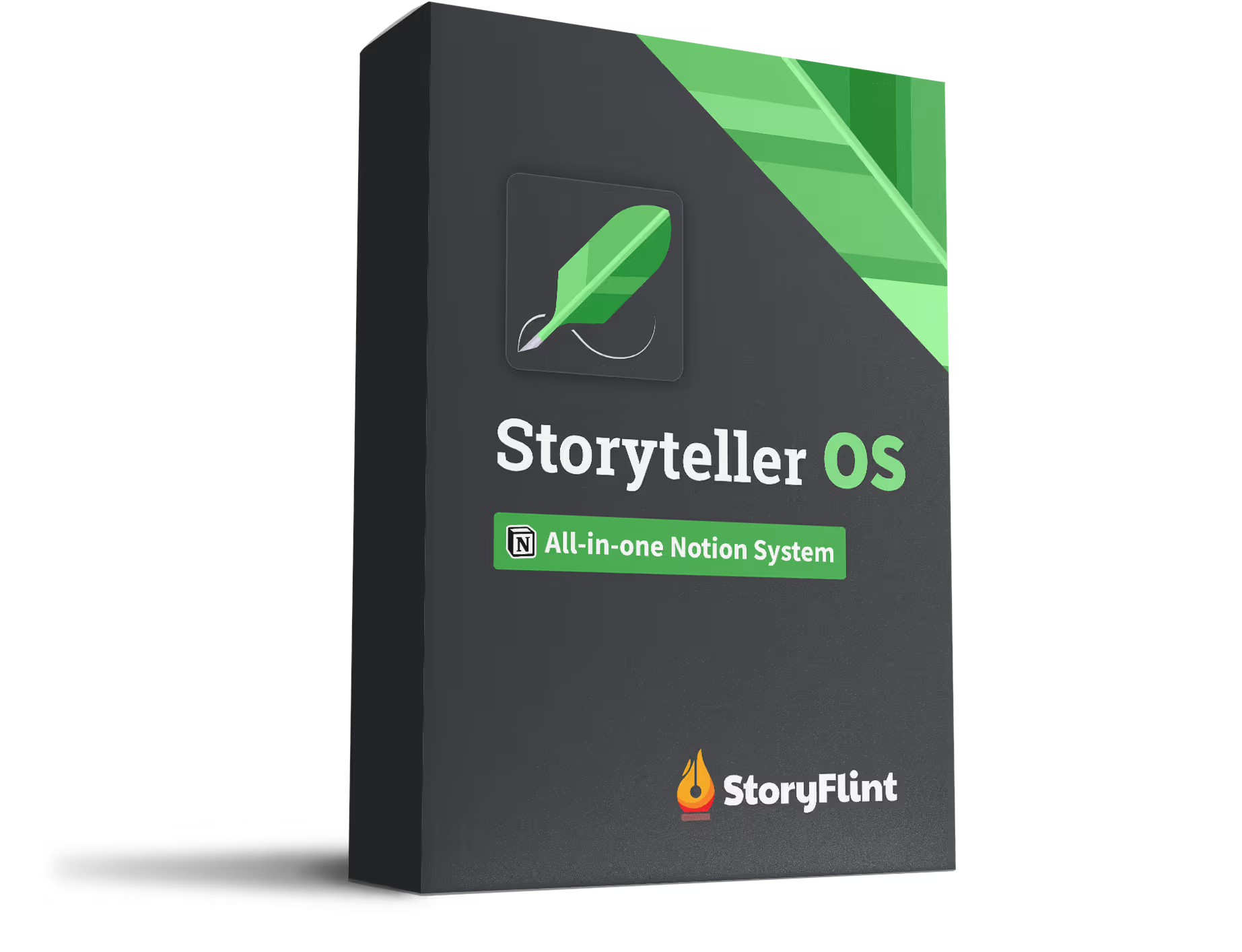Plot isn't just action. It's rhythm.
And if your scenes all feel the same—tense all the time or chill all the time—then you've got friction, but no flow.
Friction without flow? That’s when your audience feels drained instead of pulled in. Like watching someone run a marathon in place.
The problem? You’re only pressing one pedal.
Some writers think their story needs to stay high-stakes all the time. Others keep things too internal, too long. Both wear down your audience in different ways.
The key is alternation: moments of chaos balanced with moments of calm.
Every scene in your story should do one of two things:
- Crank up the tension
- Release it so the tension can build again later
The trick is knowing when to do what.
Too much tension and your audience gets numb. They stop caring because you never gave them space to breathe.
Too little tension and they lose interest. Nothing feels urgent. Nothing feels like it matters.
So how do you fix the pacing without rewriting everything?
Start with a simple audit.
Grab five consecutive scenes from your story. Ask yourself:
- Is each scene high-tension or low-tension?
- What kind of tension is it? External, emotional, moral, interpersonal?
- What’s the purpose of the scene? (Escalate? Transition? Develop character?)
If all five are the same kind of scene, that’s your first red flag. Mix it up.
How the Storyteller OS helps:
If you’re using the Storyteller OS Notion workspace, each scene card includes a "Scene Purpose" property that helps you track what kind of tension the scene is meant to carry. That means you can start to visualize your story’s flow without needing to guess.
Just scan the scene purposes and look for patterns. Are things too similar for too long? That’s your cue to shake it up.
Then adjust your story map accordingly. Add a quiet scene after a big one. Sprinkle in some anticipation before your next reveal. Let your characters catch their breath.
That pause? It makes the next punch hit harder.
Want to go deeper on this? Check out this quick-read article on how to pace your fiction without putting your audience to sleep.
Your story isn’t just a line. It’s a wave.
Give it rhythm.




